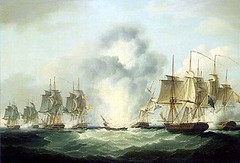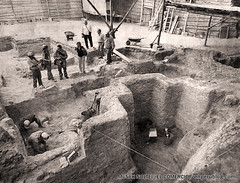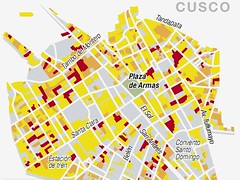Surprising water engineering at Machu Picchu
The management and distribution of water in Machu Picchu is one example of the notable hydraulic engineering of the Incas and from those more ancient cultures who’s knowledge they inherited and expanded upon.
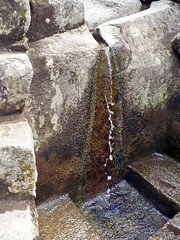
Fountain at Machu Picchu
Machu Picchu is not unique in its examples of expert water engineering, there are parts of Peru where the Incas and cultures that preceded them by hundreds or by thousands of years achieved feats that astound modern engineers to this day with the sheer scale of their technical achievements. Machu Picchu is a popular yet minor archaeological site where people are most likely to notice and point out aspects of these ancient water systems.
The Incas overcame many obstacles to construct this impressive citadel on the fringe of a mountain 2440 metres above sea level. Even today in the 21st Century, the idea of constructing such a complex in such location would be considered difficult bordering on impossible. Brick by brick the Incas left for future generations a written record of their expert knowledge of the world around them.
Hydraulic engineer Kenneth R. Wright, coauthor along with Alfredo Valencia of “Machu Picchu: A Civil Engineering Marvel” asks: “How did they prevent the constructions from slipping down the slopes in heavy rain? How did they have access to running water so high up and where did it come from? We wouldn’t still have this citadel today if it wasn’t for the amazing subsurface engineering. Some of the design work that went into the construction of Machu Picchu is even more advanced than what we have today.”

Drainage
Access to water was one of the main problems facing the Incas when constructing Machu Picchu. They needed to find a source of water to construct their city at their chosen location. Wright explains that the citadel is found between and lower than two geological faults and that the Inca’s canalised and collected rain water that filtered down from there. A group of investigators headed by Wright located the natural spring and confirmed its dependence on rain water. The found that the Incas developed a collection system to increase the water available.
“The work is still intact, working and producing water after so many centuries of abandonment”, Wright explained when he presented his book of 2000 when published in Spanish in 2006.
The Grand Water Channel
The channel that brings water to Machu Picchu is 750 metres long, 12 centimetres deep and 15 centimetres wide. For every 100 metres of distance travelled, it descends 10 metres, so that gravity could maintain a flow of 300 litres per minute.
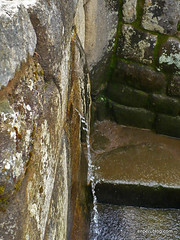
Fountain at Machu Picchu
From the spring, the canal runs down the side of the mountain and enters the city, through the agricultural zone and into the urban zone. There are two points of control. If the flow is too high there are two spill-over points, first over the terraced farms and down the cliffs or the at the main drainage point for used water. The first water source in the city was that of the Inca emperors residence before then running to other fountains for the rest of the city and its population.
Each fountain had a spout made from stone that poured the running water into a rectangular hole that allowed for the water to be collected in some form of pot. A drain would then take the excess water to the next fountain. The water channels were either completely impermeable or semi-permeable depending on the need. Under the grass of the central plaza for example, the ground is made of gravel so that the water can flow through it.
“Without a efficient drainage system like this the water could have built up and the city could have slid down the mountain”, Wright explains. “The way it works isn’t visible to the observer, it is all hidden out of sight”.
This sophisticated system also showed the Incas were well aware of the importance of maintaining a clean water supply. Drainage channels were kept well away from channels distributing clean water to the city.

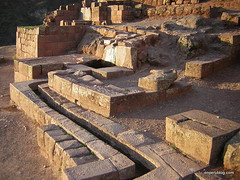
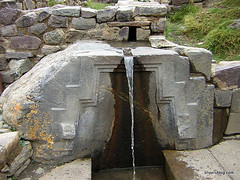
Other Inca plumbing at Pisac (top) and Ollantaytambo (bottom)
Tags: incas, machu picchu, water channels




